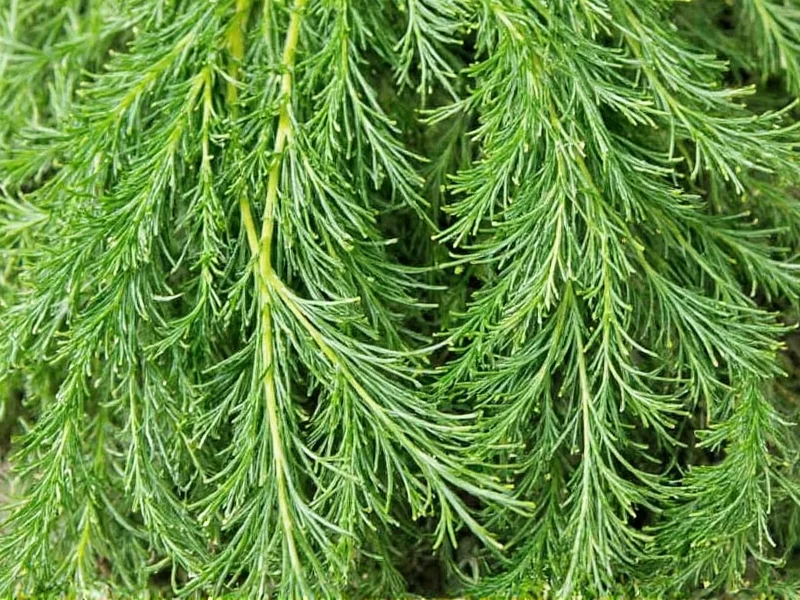Understanding herb conversions is essential for consistent cooking results. When substituting dried dill for fresh in recipes, you need to account for the significant difference in moisture content and flavor concentration between these two forms of the same herb.
Why Dried and Fresh Dill Aren't Interchangeable 1:1
Dill loses approximately 80-90% of its weight during the drying process as water evaporates. This concentration effect means dried dill packs significantly more flavor per volume than its fresh counterpart. The essential oils that give dill its distinctive taste become more potent when water is removed.
Unlike some herbs that develop different flavor profiles when dried, dill maintains its characteristic taste whether fresh or dried, though the intensity differs substantially. This makes conversion straightforward compared to herbs like basil or cilantro that undergo more dramatic flavor changes during drying.
Precise Dried Dill to Fresh Dill Conversion Chart
| Dried Dill | Fresh Dill Equivalent | Best For |
|---|---|---|
| ¼ teaspoon | ¾ teaspoon | Delicate sauces, dressings|
| ½ teaspoon | 1½ teaspoons | Egg dishes, potato salad|
| 1 teaspoon | 1 tablespoon | Standard conversion for most recipes|
| 1 tablespoon | 3 tablespoons (¼ cup) | Hearty soups, stews, pickling|
| 2 tablespoons | 6 tablespoons (⅓ cup) | Large batch cooking, canning
Factors That Affect Dill Conversion Accuracy
While the 1:3 ratio serves as a reliable starting point for dried dill to fresh dill equivalent measurements, several variables can influence the perfect substitution:
- Herb age and storage: Dried dill loses potency over time. Dill stored longer than 6 months may require slightly more than the standard ratio
- Recipe cooking time: In long-simmered dishes, fresh dill added at the beginning loses more flavor than dried dill, potentially narrowing the conversion gap
- Dish acidity: In vinegar-based recipes like pickles, fresh dill holds up better, sometimes allowing for a 1:2.5 ratio instead of 1:3
- Personal taste preferences: Some palates detect dill's flavor more acutely, requiring adjustment based on individual sensitivity
When to Adjust the Standard Conversion Ratio
Certain cooking scenarios warrant tweaking the standard dried dill to fresh dill equivalent:
For cold dishes like salads, dips, or dressings where herbs don't soften during preparation, use a 1:2.5 ratio instead of 1:3 since fresh dill's texture remains more pronounced. In high-heat cooking methods like grilling or roasting, fresh dill loses flavor rapidly, making the standard 1:3 ratio appropriate.
When substituting fresh for dried in a recipe (the reverse conversion), remember that fresh dill contains moisture that can affect recipe chemistry. In baking or precise canning recipes, you may need to reduce other liquids slightly when making this substitution.
Expert Tips for Perfect Dill Substitution
Professional chefs recommend these techniques when working with dried dill to fresh dill conversions:
- Bloom dried dill in a small amount of warm water or oil for 10-15 minutes before adding to cold dishes to enhance its flavor release
- For maximum flavor impact, add dried dill early in the cooking process while fresh dill should be added in the last 5-10 minutes
- When measuring dried herbs, fluff them first to avoid packing, which can lead to using too much
- In pickling recipes, use fresh dill heads rather than fronds for more consistent flavor distribution
Common Mistakes to Avoid with Dill Substitutions
Many home cooks make these errors when converting between dried and fresh dill:
- Using equal measurements (1:1 ratio) resulting in overly strong or weak dill flavor
- Adding fresh dill at the beginning of long-cooking dishes, causing flavor loss
- Not accounting for the moisture content difference in baking recipes
- Using dried dill in dishes where fresh dill's texture is essential, like Scandinavian gravlax
Remember that dried dill has a more earthy, concentrated flavor while fresh dill offers brighter, grassier notes with subtle anise undertones. The best substitution considers both measurement and flavor profile.
Storing Dill Properly for Optimal Flavor
Proper storage affects how well your dried dill to fresh dill equivalent calculations work:
Fresh dill lasts 7-10 days when stored upright in a glass with water (like flowers) and covered loosely with a plastic bag in the refrigerator. Dried dill maintains peak potency for 6-12 months when stored in an airtight container away from light and heat. After one year, dried dill typically loses 30-50% of its flavor strength, requiring increased measurements for equivalent taste.
For long-term fresh dill preservation, freeze sprigs in olive oil cubes or dry them properly at home using a food dehydrator at 95°F (35°C) for 1-2 hours until crisp. Home-dried dill often retains more volatile oils than commercially dried varieties, potentially requiring slight ratio adjustments.











 浙公网安备
33010002000092号
浙公网安备
33010002000092号 浙B2-20120091-4
浙B2-20120091-4